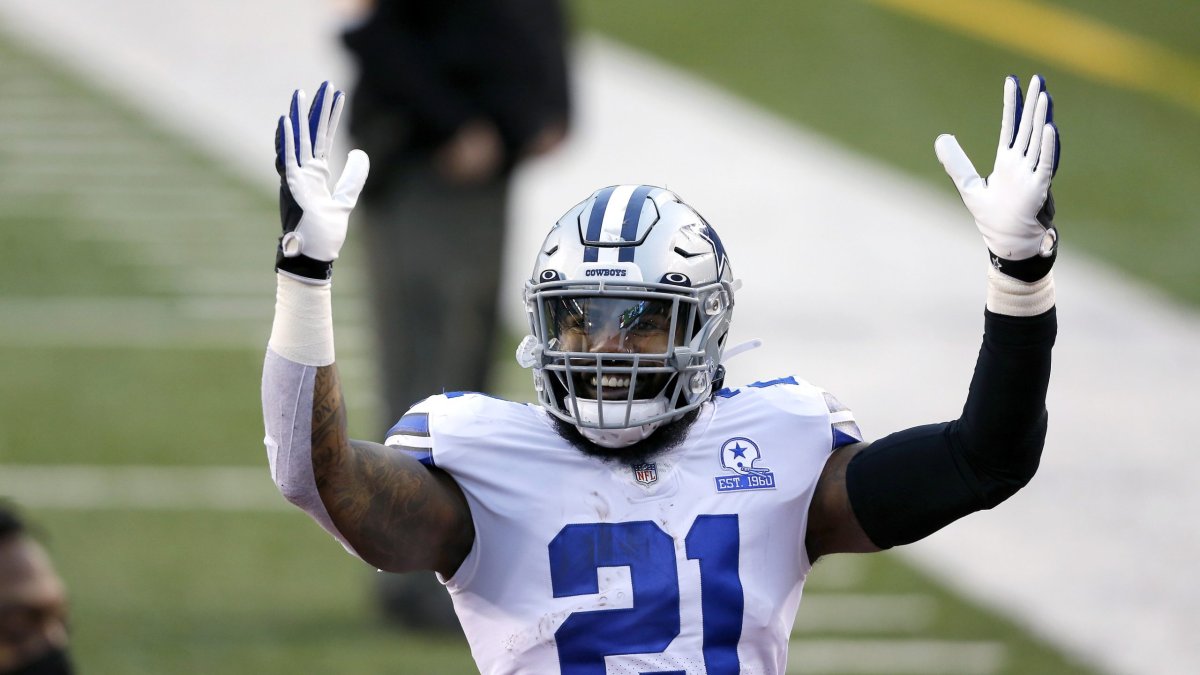The dichotomy between early-round draft picks and late-round draft picks in the NFL is abundantly clear: Late-rounders need to prove they belong in the league, and early-rounders need to prove they don’t.
Draft position seems to follow a player throughout their NFL career, representing perhaps the single most prominent self-fulfilling prophecy in football. As a result of higher expectations, first-round picks tend to get more reps in practice, more snaps during games and more second chances. The same usually can’t be said for players who were taken after Round 1.
Subscribe to
We’ve seen plenty of examples this offseason alone. The Carolina Panthers invested a second-round pick, a fourth-round pick, a sixth-round pick and an $18.858 million fifth-year option to give former No. 3 overall pick Sam Darnold a second chance after three poor seasons with the New York Jets. Matthew Stafford continues to command remarkable optimism around the league more than a decade after being selected first overall in 2009, bringing the Detroit Lions two future first-round picks in a swap for former Los Angeles Rams quarterback Jared Goff.
Stafford was even ranked sixth among all active quarterbacks (and as high as fourth for at least one voter) in a recent ESPN survey of 50-plus NFL executives, coaches, scouts and players. That put him ahead of 2016 fourth-round pick Dak Prescott and 2018 32nd pick Lamar Jackson, both of whom have outperformed Stafford in terms of PFF grade and expected points added (EPA) per play, among others.
Dallas Cowboys running back Ezekiel Elliott, a former No. 4 overall pick, received similar optimism in ESPN’s polls, coming in at seventh among running backs even though he posted just a 65.3 PFF grade in 2020 — tied for 49th out of 70 qualified runners. Elliott's rushing yards per game and yards per touch have gone down in each of his NFL seasons.
Exclusive content for premium subscribers

WANT TO KEEP READING?
Dominate Fantasy Football & Betting with AI-Powered Data & Tools Trusted By All 32 Teams
Already have a subscription? Log in



 © 2025 PFF - all rights reserved.
© 2025 PFF - all rights reserved.